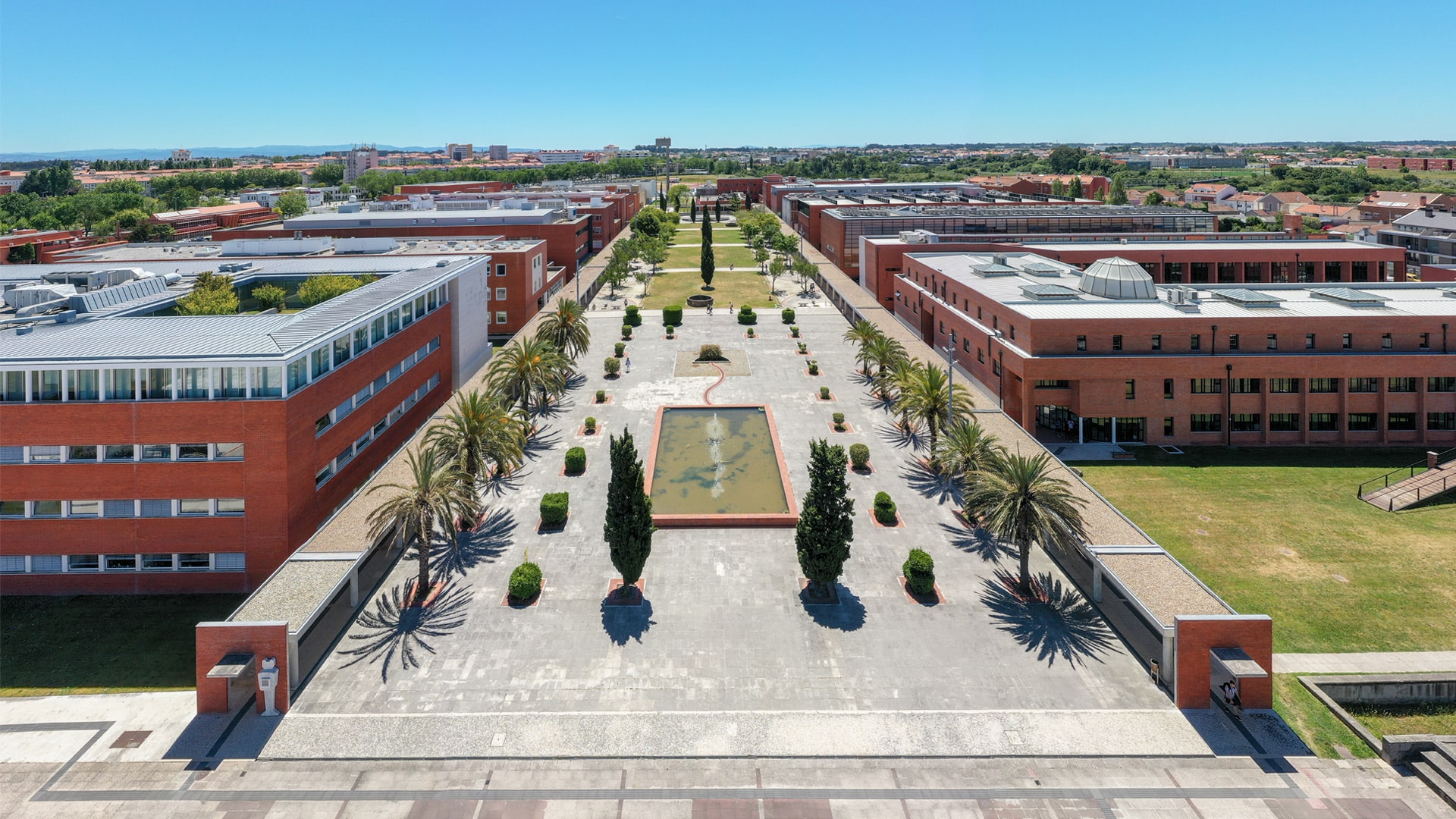Window generates electricity from both natural and artificial lighting
A team of researchers from the University of Aveiro (UA) has developed a glass window that generates electricity from sunlight or artificial lighting and could help make buildings more energy-sustainable.
Coordinated by researcher Rute Ferreira from the Physics Department and CICECO, one of the UA’s research units, the PLANETa project has developed a prototype of a life-size window that, in addition to generating electricity, also works as an optical temperature sensor powered by the sun or LED lighting, according to a UA press release.
The project was conducted in collaboration with the Telecommunications Institute (IT), the Instituto Superior Técnico (IST), and the company Lightenjin.
According to Rute Ferreira, this innovative window is intended to “integrate devices for generating energy from the sun into existing buildings or those under construction”.
“It consists of glass coated with a thin layer of transparent material that captures ultraviolet sunlight and converts it into visible radiation that is trapped inside the glass and guided to the edges where there are photovoltaic cells hidden in the frames,” she explains.
According to the researcher, these small photovoltaic cells at the ends can generate enough electricity to power low-consumption devices such as routers, sensors and USB devices.
For Rute Ferreira, the distinguishing factor of this prototype lies in its “ability to work with solar and artificial lighting, guaranteeing continuous operation even when there is no sunlight”.
Furthermore, by exploiting the sensitivity of the glass coating material to temperature, the window becomes a dual-function device: a power generator and a temperature sensor.
“By taking advantage of the commercial configuration of double-glazed windows, we can simultaneously measure the inside and outside temperature,” says the researcher.
“The energy generated feeds an IoT (Internet of Things) system capable of monitoring the temperature and making these values available on an online platform accessible to the user. The ultimate goal is to integrate this data into the building’s home automation system, contributing to more efficient management of heating and cooling systems and promoting greater energy efficiency,” the researcher explains.
PLANETa thus combines technological innovation and sustainability and aims to contribute to the future of intelligent, energy-efficient buildings.
In addition to civil construction, the UA team of researchers foresees that the applicability and versatility of these materials and devices could be tested for more visionary applications, such as the aerospace environment, to increase the efficiency of photovoltaic converters used in satellites and, thus, “lower the cost of the energy component of these devices”.
Source: LUSA


























